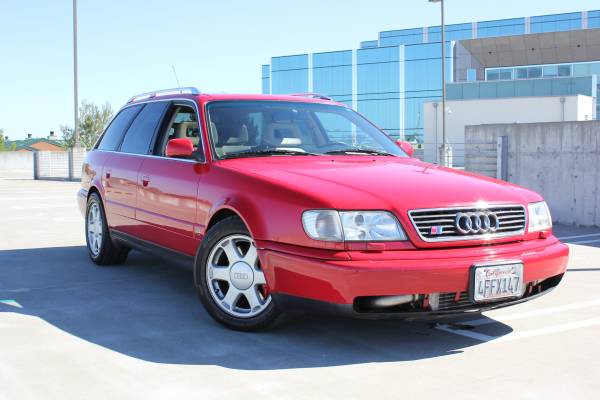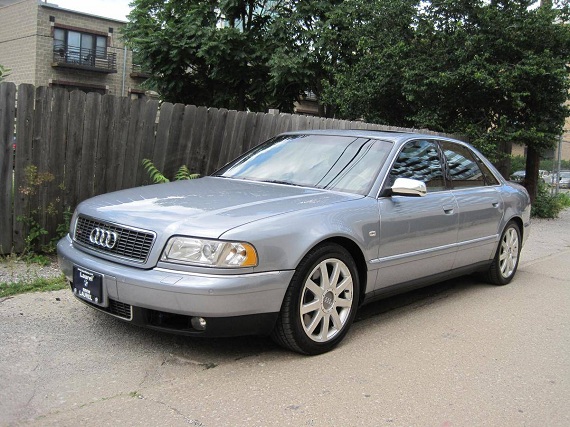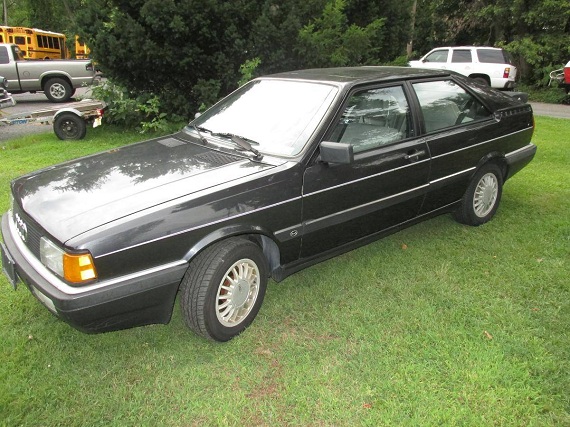There are plenty of special cars in the realm of classic German automobiles, but one of the most capable and affordable is the S6 Avant. Only a few hundred of these special wagons made it to U.S. shores; denied the S4 Avant, enthusiasts lined up for the U.S. replacement for the fabled 200 20V quattro Avant. It was worth the wait, as great styling coupled with even more power for a truly luxurious sleeper wagon. It was unique on U.S. shores, too – BMW and Mercedes-Benz didn’t really offer any competition to these cars. Most have been pretty used by this point, but thanks to eagle eyes from our readers John and Jack, we can enjoy two great examples today – from mild to wild. Which would be the one you’d want?
Tag: Audi
You have to ask yourself when pondering the Aztec, “Did Italdesign really think they’d make 1,000 of these in the late 1980s?” Certainly anything seemed possible then – the world was in the midst of a supercar revolution. Porsche introduced the revolutionary Group B based 959, while Ferrari had the twin-turbo brothers GTO and F40. Then there were countless others on the horizon – Jaguar XJ220 and XJR-15, an all-new Lamborghini Diablo, the Bugatti EB110 and Cizeta-Moroder V16 – even some wild U.S. based creations like the Vector and Callaway Sledgehammer Corvette. But perhaps more wild than all of these was the wild “Aztec” from Italdesign. Giugiaro’s company had long been pioneers of advanced and cutting edge designs, but they really outdid themselves with the Aztec. As if taking inspiration from some of the best futuristic designs from the 60s and 70s, the Aztec looked part jet fighter, part rocket ship, and part Star Trek communicator. Indeed, it wouldn’t be surprising at all to have someone like Mark Hamill or Harrison Ford pull up in an Aztec at a movie premier; it was as otherworldly and futuristic as both Hollywood and the sets of Star Wars and Blade Runner. But even if there were more wild designs that you might have seen on the show circuit in 1988, Giugiaro – with the aid of some hefty backing from Japanese capital – was crazy enough to produce road going versions of these cars. What was not surprising, then, was that there was a market for them – though, admittedly, it was as limited as the daily drive-ability of the car.




